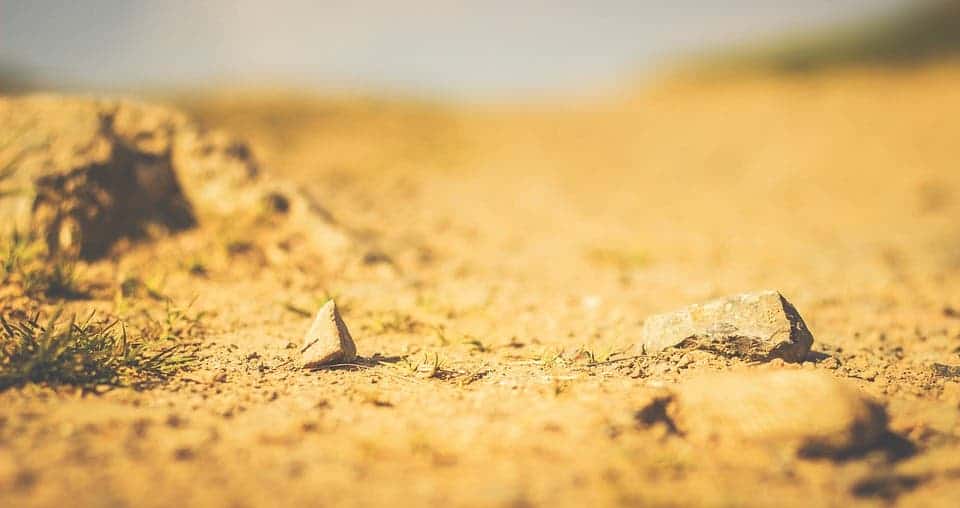Researchers are trying to figure out what caused the megadroughts of yore — and whether they could happen again.
The American Southwest was left bone-dry between the 9th and 15th centuries by about a dozen megadroughts — severe droughts that last for decades at a time. But it mysteriously changed to the climate we know today around the year 1600. Curious to see what caused this series of megadroughts and whether they could happen again, a team of scientists at Columbia University’s Lamont-Doherty Earth Observatory analyzed how elements of the global climate system come together to generate such events.
Climate warming, they report, creates the conditions in which such megadroughts flourish.
Heating up, drying down
The authors report that higher mean ocean temperatures, combined with a high radiative forcing rate played an important part in generating these megadroughts. High radiative forcing means that the Earth absorbs more energy from sunlight than it radiates back into space. Severe and frequent La Niña events sealed the deal. La Niña makes large swathes of the Pacific surface cool down, which has powerful effects on worldwide weather patterns.
The team reached these findings by reconstructing aquatic climate data and sea-surface temperatures from the last 2,000 years. The increase in radiative forcing seen between the 9th and 15th centuries in the American Southwest were likely the product of an increase in solar activity (i.e. more incoming energy) and a decrease in volcanic activity (which generates particles that can reflect incoming sunlight) at the time. The end result was higher mean temperatures, which increased evaporation rates.
At the same time, warmer sea-surface temperatures in the Atlantic combined with unusually strong and frequent bouts of La Niñas reduced precipitation levels throughout the (already dried-out) area.
Of the three factors, the team estimates that the La Niña conditions had the largest impact — more than twice as important in causing the megadroughts as the others combined.
The team explains that while they were able to identify the causes of these megadroughts in much better detail than any researchers before them, they caution that it’s hard to accurately predict them in the future. We have reliable projections of how temperatures, aridity, and sea surface temperatures will evolve, but La Niña and (its counterpart) El Niño activity remain difficult to simulate.
However, one thing they could say for sure is that man-made climate warming is creating the conditions necessary for more megadroughts in the future. The megadroughts the team investigated were caused by natural climate variability that increased radiative forcing. Today, the main driver of dryness in many areas around the globe is human activity — and this paves the way for more megadroughts.
“Because you increase the baseline aridity, in the future when you have a big La Niña, or several of them in a row, it could lead to megadroughts in the American West,” explained lead author Nathan Steiger, a Lamont-Doherty Earth Observatory hydroclimatologist.
The paper “Oceanic and radiative forcing of medieval megadroughts in the American Southwest,” has been published in the journal Science Advances.










